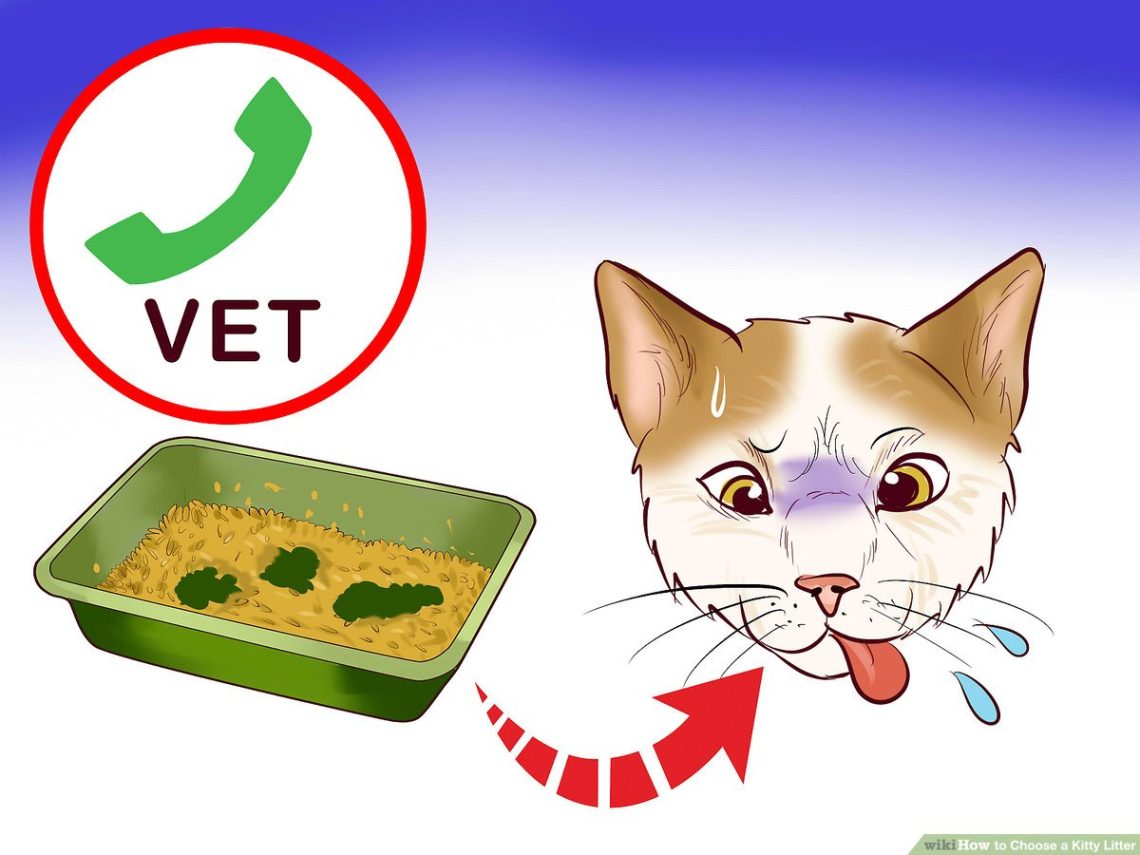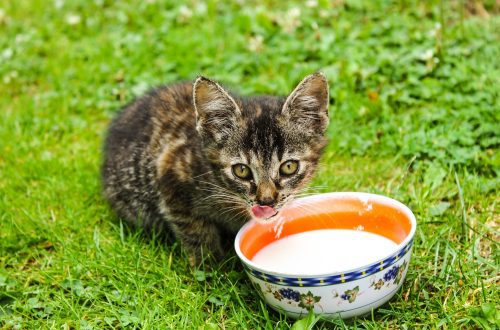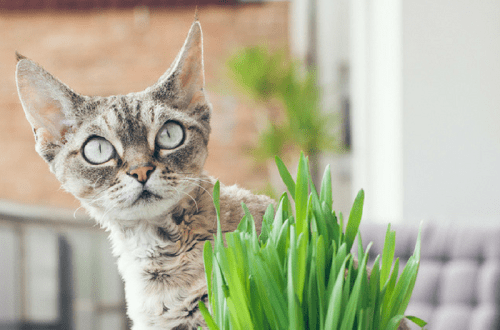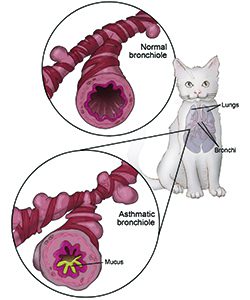
Cat litter: how to choose?
A toilet for a cat is an important and daily part of her life. We will analyze the types of fillers for cat trays, their pros and cons.
Burying your waste is an instinct that has been preserved since ancient times from wild ancestors: cats are small animals, and often endangered by larger predators, so all waste was buried in order to hide their presence. And even domestic cats will bury their feces, even though there is no danger for them in the apartment. Moreover, they will bury, even if there is no filler, they will scrape the tray, the floor and the walls around – they are forced to act by an ancient instinct that says what needs to be buried – and they bury. Hygienic cat litters are very different. Consider their types and properties.
Contents
Wood absorbent filler
Wood fillers are ground wood pressed into pellets (cylindrical granules with a diameter of 6-8 mm, less often, and no more than 5 cm long). For the production of pellets, sawmill and woodworking waste is used: the raw material is ground, dried, pressed, and during the compression process, the lignin (polymer compound) contained in the wood becomes soft and sticks together the particles of the milled raw material. The type and color of these pellets depends on the production technology, light (beige) pellets consist of sawdust without bark, darker (brown) ones indicate the presence of bark in the composition. When wet, the granules quickly absorb liquid, greatly increasing in size and breaking up into small sawdust. Cleaning must be done as it gets dirty and fine sawdust is formed, adding fresh granules. Wood filler is environmentally friendly, safe, inexpensive, and can be flushed down the drain in small quantities. The disadvantages include a fairly fast consumption, poor retention of odors. Examples of this type of filler include: Wood clumping filler Wood clumping fillers are made from wood fibres. They have the same shape as pellets, but a much smaller diameter and size of the granules as a whole, or they can be in the form of crumbs with a diameter of about 5 mm. When wet and then dry, they stick together into a lump, which can be thrown into the sewer, and topped up with fresh filler. They retain moisture and odors well, but due to the small weight of the granules, they can be carried in small quantities on the fur of cats around the house. Examples of wood clumping fillers: Corn filler This filler is made from the middle of corn cobs. Eco-friendly, safe even when eaten. It is most often used as a filler for cages of rodents, rabbits and birds. It is used less often for cats, as it is not always able to absorb a large amount of liquid, but for a small kitten it may well be suitable. Examples of corn absorbents:
Vegetable and corn clumping litters
They are made from plant fibers from stems and grains, such as corn, peanuts and soybeans. Fillers of this type are environmentally friendly, natural and safe, and can be flushed down the drain. Pleasant for the most delicate paw pads. When wet, the granules stick together into a lump, it remains only to remove and add fresh filler. Examples of vegetable clumping fillers:
Mineral absorbent filler
Mineral absorbent fillers are made from clay or zeolite. The finely porous structure absorbs moisture well and smells relatively well, but there may be some dust that stains the paws. It is necessary to remove solid waste, and mix the filler for uniform absorption. When the smell appears, it’s time to change the filler, with a layer of about 5 cm, it can last for about a week. Mineral fillers are not recommended for kittens just getting acquainted with the toilet, as they are eager to try them on the tooth, but an unflavored filler may work well for a cat taken from the street and used to going to the toilet in the ground or sand there – the clay smell will help the cat to orientate. Mineral fillers should not be thrown into the toilet, in order to avoid clogging. Examples of mineral absorbent fillers:
Mineral clumping filler
Mineral clumping fillers mostly consist of bentonite. Sometimes coal is added to it to absorb odors and flavorings. Small granules easily absorb moisture and smell, swell, sticking together into a dense lump. Filler of this type must be poured with a layer of at least 8-10 cm, and lumps should be removed as they appear. Not recommended for use in trays with mesh, the lump will stick to the mesh and be difficult to remove. There is little dust in them, but due to small granules it can be partially carried around the house, especially if the cat has long hair. It is undesirable to send mineral clumping fillers to the sewer, in order to avoid clogging. Examples of mineral clumping fillers:
Silica gel absorbent
Silica gel fillers are made from dried polysilicic acid gel. Silica gel is able to absorb a significant amount of moisture without changing its shape and structure. Cat litter can be in the form of crystals or round granules, transparent or white. It is not recommended for kittens and cats prone to eating litter, and can also scare some cats, as it rustles under their paws, and hisses and crackles when wet. Silica gel filler does not require frequent replacement, it is advisable to fill it with a layer of at least 5 cm, remove solid waste daily, and mix the rest of the filler for even absorption. When the filler turns yellow and stops absorbing moisture and odor, it must be completely replaced. Silica gel filler should not be thrown into the sewer. Examples of silica gel fillers: In any case, when using any selected filler, you need to take into account the individual characteristics of the cat and its preferences, pour it into the tray in sufficient quantities and clean it in a timely manner, then cleanliness and odorlessness in the house will be ensured.





